By running a steady-state long-pulse high-confinement plasma operation at 104 million C for 1,066 seconds, Chinese scientists achieved a new world record with a device known as the "artificial sun" on Monday, according to the Chinese Academy of Sciences.
The Experimental Advanced Superconducting Tokamak (EAST) was developed by the Hefei Institutes of Physical Science of CAS in Hefei, the capital of Anhui province.
"Being able to sustain a high-confinement plasma operation and a plasma temperature of over 100 million C for such a long duration is unprecedented worldwide," said Gong Xianzu, head of the institute's division of EAST Physics and Experimental Operations.
"EAST is just a scientific experimental device, and our ultimate goal is to build a commercially viable nuclear fusion reactor," he added.
Gong explained that three conditions must be met to build a fusion reactor using the EAST device: sufficiently high temperature, sufficiently high plasma electron density, and a long enough duration of energy output.
"Only when these conditions are met can we achieve fusion reactions, which are necessary for fusion energy output," said Gong.
He said that there is still a significant gap between the experimental device and future fusion devices.
"In the future, we will bridge this gap through physical research and advancements in nuclear engineering technology to meet the conditions required for fusion," said Gong.
Stars are primarily composed of plasma. Within them, nuclear fusion reactions occur constantly, generating light and heat.
Since the mid-20th century, humanity has researched controlled experimental nuclear fusion devices, which have fusion mechanisms similar to that of stars.








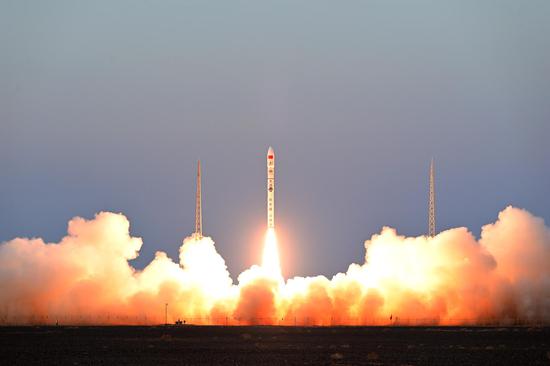







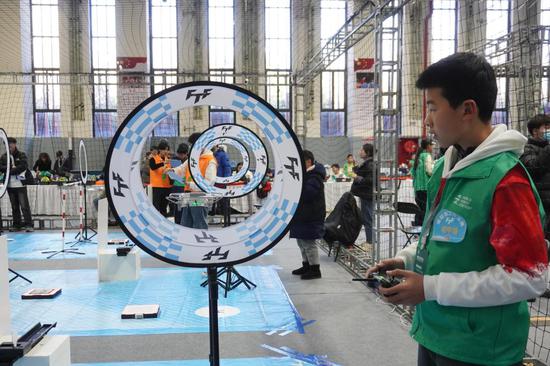


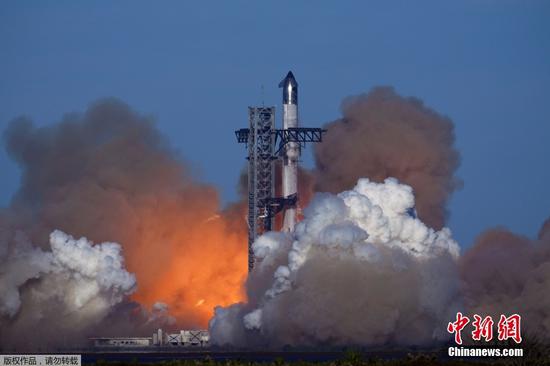

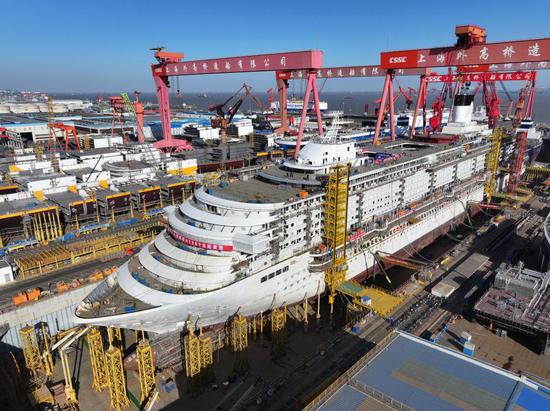
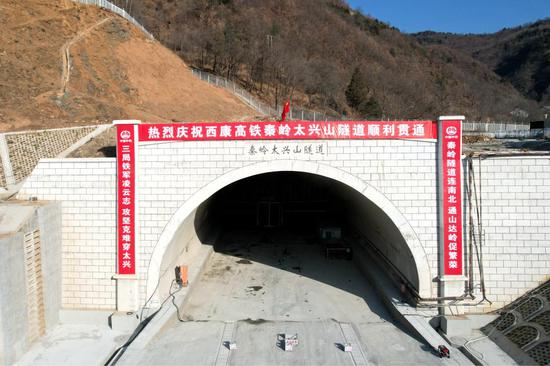


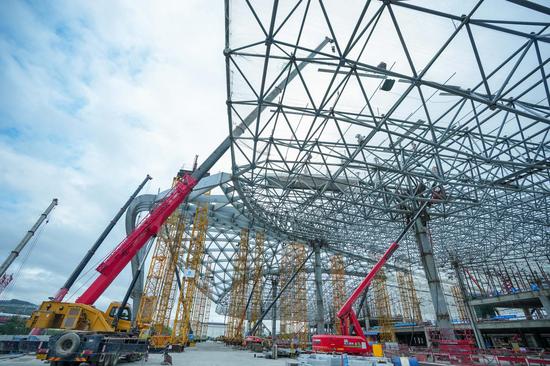





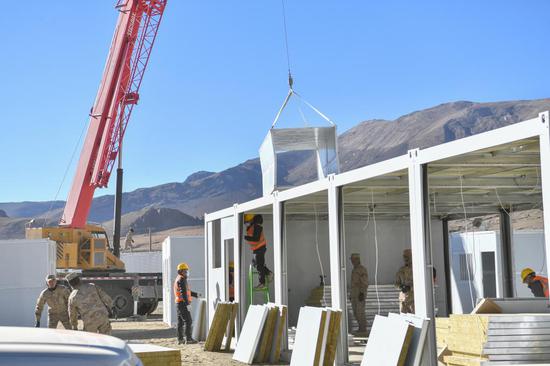


















 京公网安备 11010202009201号
京公网安备 11010202009201号